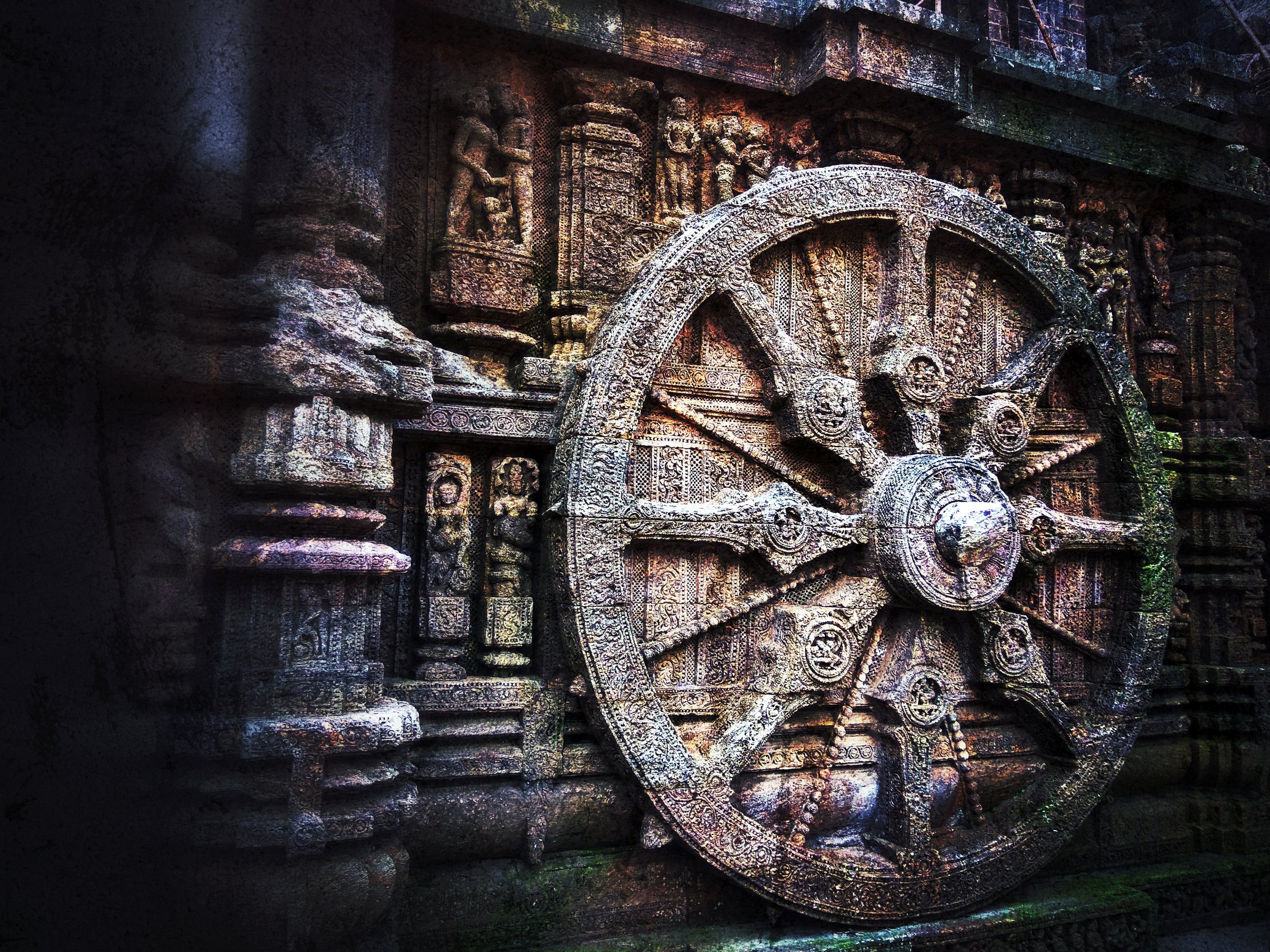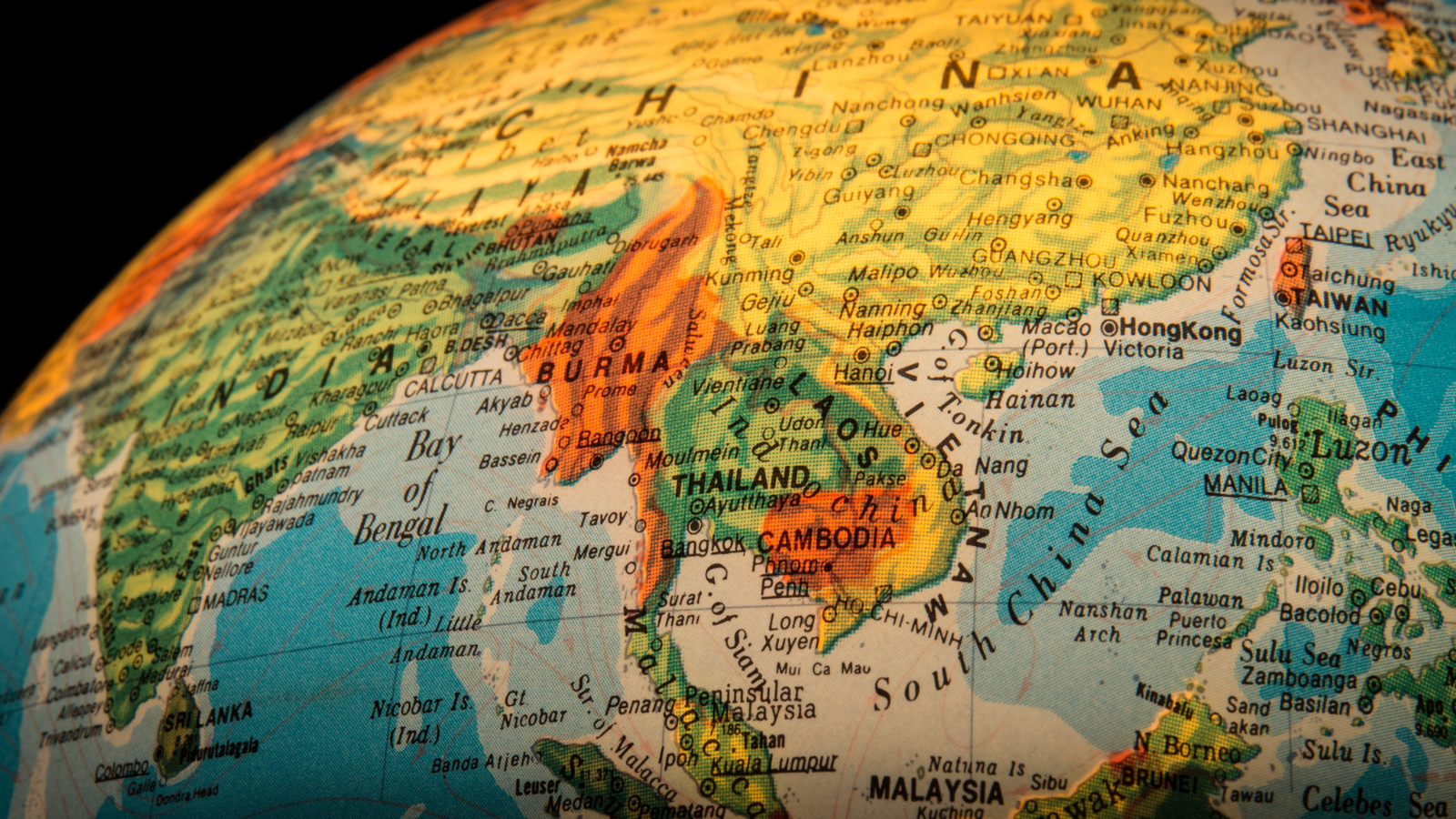Challenges Remain for India's Aspiration to Become the Next China
🇮🇳 Challenges Remain for India's Aspiration to Become the Next China.
The COVID-19 pandemic led many companies to reevaluate their supply chains, which relied heavily on China, and look for alternatives such as India, which offers low-cost production. India also has a demographic advantage, with 65% of its population under 35 years old, in contrast to China's aging population. However, India faces challenges such as insufficient infrastructure and the cultural expectation that women should stay at home, hindering their participation in the workforce. While India is projected to overtake Japan and Germany as the world's third-largest economy by 2035, the country still has a long way to go to achieve its goals.
Indian authorities are embarking on the final phase of the rescue mission to save 41 construction workers trapped in a collapsed mountain tunnel for over two weeks.
Dozens of men trapped inside a collapsed Himalayan tunnel for ten days have been seen in the first images captured by a camera fed through a pipe by rescuers.
Rescue efforts continued to reach 40 men trapped inside a collapsed highway tunnel in India's northern state of Uttarakhand for the fifth day.
Millions of Indians celebrated Diwali with a record-setting lighting of over 2.22 million earthen oil lamps, symbolizing the victory of light over darkness, in Ayodhya, Uttar Pradesh.
Overnight rain in New Delhi provided some relief from the toxic air pollution that had gripped the Indian capital.
Delhi and its surrounding areas are grappling with hazardous levels of smog, with an air quality index as high as 800 in some places, far above the safe range.
New Delhi, India's capital, experienced extremely poor air quality as a thick layer of toxic haze covered the city, leading to the closure of some schools.
The global shift towards supply chain localization and reshoring is gaining momentum as geopolitical tensions, trade issues, energy security concerns, and the pandemic have exposed vulnerabilities in the global supply chain system.
India and the U.S. are collaborating on supply chains, with both nations recognizing the benefits of diversifying and strengthening them.
The U.S. and India are collaborating to establish naval logistics hubs in India, aiming to enhance resupply and maintenance capabilities for naval vessels in the South Asia region.
The COVID-19 pandemic led many companies to reevaluate their supply chains, which relied heavily on China, and look for alternatives such as India, which offers low-cost production.
According to a survey conducted by the World Economic Forum, over 70% of economists believe that India will benefit from the global economic turbulence.
India's economic growth and business opportunities have attracted a lot of attention and investment from international corporations.
Indian air freight forwarders are optimistic about the growing demand for aircraft-on-ground (AOG) and aero parts shipments as India's aerospace manufacturing sector expands.
Apple has announced its plans to establish retail stores in India, aiming to attract a significant number of consumers.
India is encouraging companies looking to reduce their dependence on Chinese goods to source from its growing manufacturing sector, which it hopes will help make it a bigger player in global supply chains.
The ongoing trade tensions between the US and China, as well as the border disputes between India and China, have led to a push for diversification of supply chains and a search for alternative manufacturing destinations.
India, Vietnam, Thailand, Malaysia, and Bangladesh are all scrambling to replace China’s top spot as the manufacturing capital of the world after strict Covid-19 policies are sending global companies whirling.
Regardless of India being one of the most crucial markets of growth, Amazon’s Chief Executive Officer Andy Jassy’s cost-cutting campaign is making its mark on the country.
The largest shareholder of IndiGo, India’s largest airline, has joined UPS Inc. in order to tackle a piece of India’s growing logistics sector.























In the vast salt deserts of western India, a colossal energy project is underway, transforming barren landscapes into a renewable energy powerhouse.